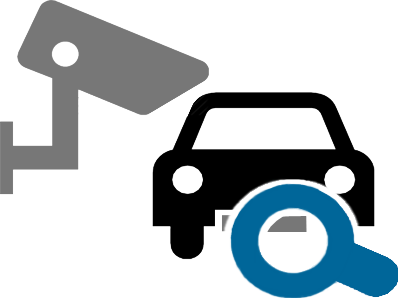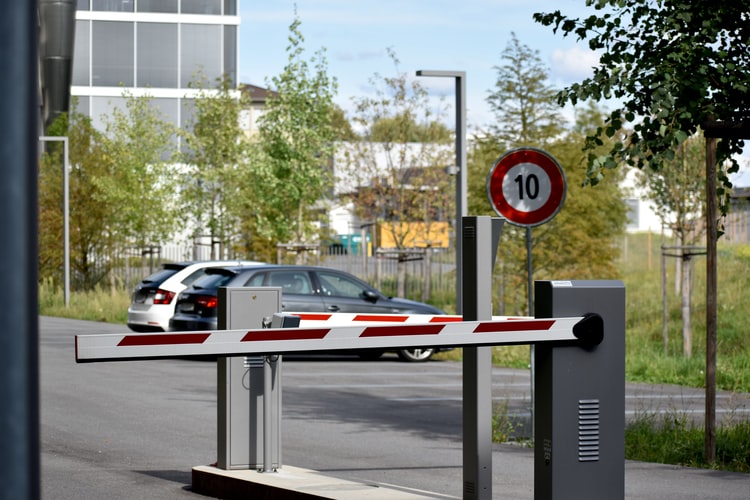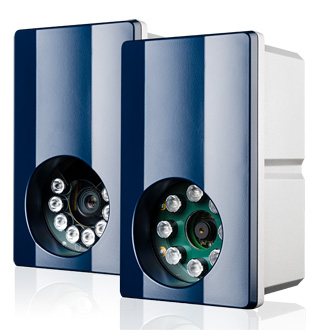What is LPR / ANPR?

LPR and ANPR are two different terms used in Electronic Security, to describe the hardware and software used for license plate capture and recognition using surveillance camera systems.
LPR – License Plate Recognition
LPR is a term usually used to describe LPR speciality CCTV cameras that are capable of dealing with the challenges associated with capturing license plates such as car speeds, fog, night vision and reflective license plate material.
ANPR – Automatic Number Plate Recognition
ANPR is a term usually used in describing software that takes input from an LPR camera and recognizes the alpha numeric characters on a plate using software and is then able to act on the license plate number such as store it to database records and use it for future reference.
Why LPR / ANPR?
One of the great things about LPR is the multitude of ways the data it collects can be used to solve problems, whether financial, criminal, safety, customer service or security. If there are vehicles involved and you need data, LPR is a good way to get it. Thinking creatively about how you can use LPR to drive revenue for your enterprise or client adds significant value to your security program.

LPR/ANPR in Access Control
Automatic Number Plate Recognition (ANPR) can be used for access control, controlling gates, barriers and LED Signs. If a site is jeopardised or breached then an ANPR system can be used to provide reliable, time-stamped indisputable evidence to the police or insurers. Positioned at site entrances with barriers, gates, traffic lights or LED signs, the ANPR cameras can read all approaching number plates and grant access dependent on matching the incoming number plate against the database of authorised users with ANPR access control.
Entry and exit records can be stored for future viewing and analysis in the ANPR software, with any excessive time intervals or unusual access times being highlighted. Automatic Number Plate Recognition data can be easily searched by entering either a number plate, employee or registered visitor or contractor’s name. Alternatively, it is easy to search using date and time for vehicles entering or leaving – with associated overview images from number plate recognition cameras.

“Nedap is leading the market for automatic vehicle identification for over two decades. ”
NEDAP OFFICIAL WEBSITE

LPR/ANPR in Video
ANPR cameras need to be a special type and set up within certain important parameters as will be described later.
As a vehicle approaches the camera the software takes a series of ‘snapshots’ and stores them in a file. When the number plate is of sufficient size for the software, the frame is scanned and the registration number is converted to code and held in a list.
This continues for a series of images according to the speed and position of the vehicle. The list is scanned for similarities and a ‘favourite’ selected to retain.
IDtek has used this model on DSV Plumbago working together with an Axis LPR capable cameras and Milestone XProtect LPR VMS.

“In video systems, ANPR can assist the operator in making security type decisions”
NANCY SCHROEDER
Nancy Schroeder of IDtek of IDtek points out that while ANPR has advanced significantly in recent years – the application of the technology differs when used in video versus access control systems. Nancy points out – “In video systems, ANPR can assist the operator in making security type decisions – like identifying a vehicle off a blacklist – where it can trigger a relay onboard the camera to for instance trigger a strobe light. Using video analytics, it is even possible to identify where a specific vehicle travelled past certain camera positions, to search the entire stored video database for specific coloured vehicles, or to search for vehicles travelling in the wrong direction.
Nancy qualifies – “This is not the same as in access control systems where the ANPR effectively replaces an access control credential and sends information to intelligent controllers that then make decisions to release doors and turnstiles based on programmed logic. These controllers sit on the safe side of an access-controlled terminal and it is the controller that releases the door. This is far safer than releasing a door from an output on a camera – where the output sits on the secure side of the door and an intruder can simply bridge the camera relay.”
Positioning is Key

William Mokano of IDtek technical mentions that under both applications, the camera should be positioned directly in the line of the approaching vehicle.
Otherwise, the ANPR provider must be consulted on camera capability, resolution and pixels on target plates. Many systems will not function with more 30° of misalignment. And at the same time, William cautions against positioning these cameras directly in front of the vehicle – like on traffic barriers – where the headlights of the vehicle impair any sort of camera performance at night time.
William further – “There is also a design consideration – where in terms of camera lens capabilities – at the narrowest focal setting – the camera still picks up more than one vehicle at a time – which is fine if the application is purely to identify and look out for certain plates (video) – but this can be a problem in an access control application – which vehicle do you let through?” William concludes – “The positioning of the camera is a most important consideration for satisfactory operation of an ANPR system. This can vary the percentage of recognitions to the number of vehicles from 30% or 40% to near on 100%.”